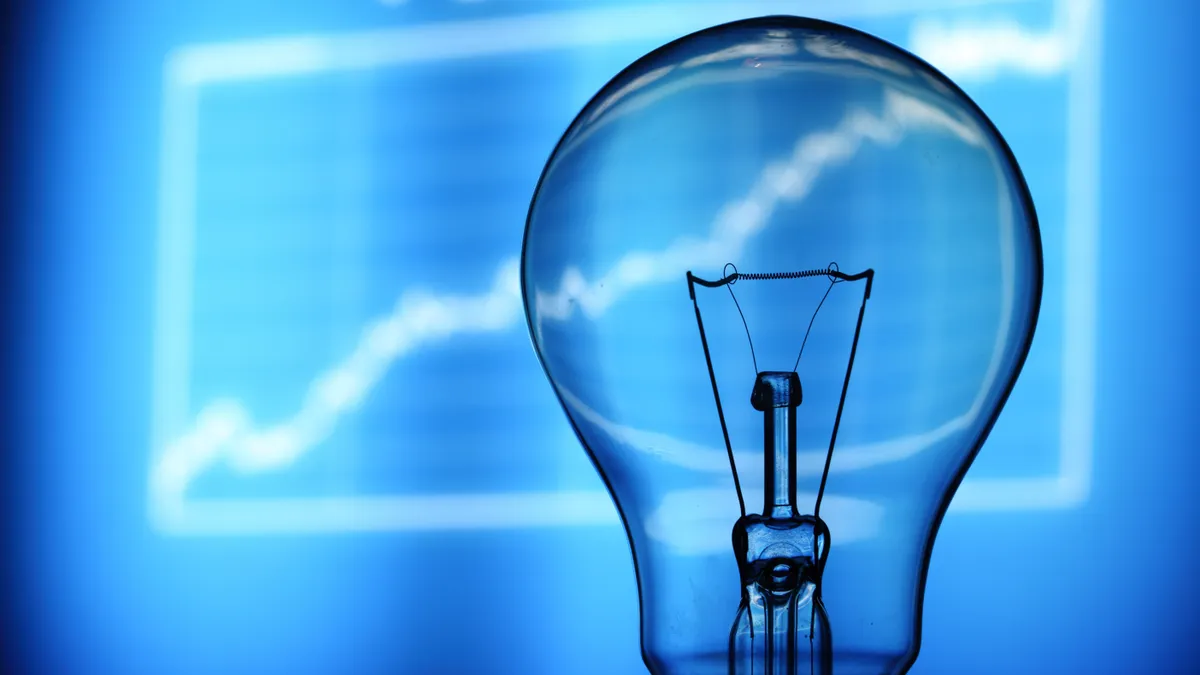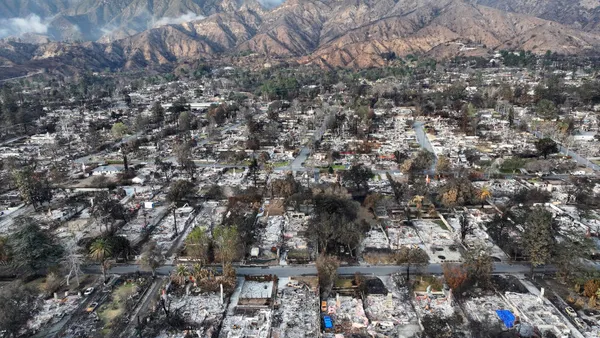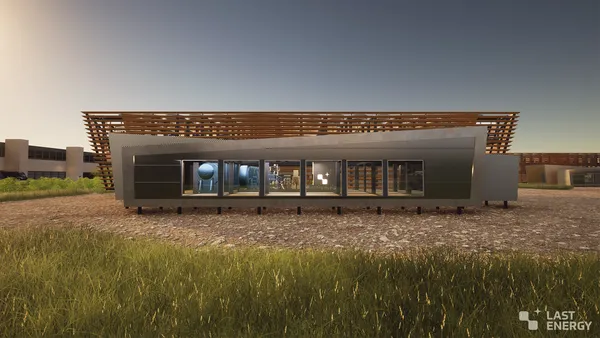The price of electricity varies wildly depending on where you live. The most expensive state's electricity prices, for example, are three times the national average.
That would be Hawaii. The state's electricity prices — the highest in the U.S. — are nearly three times higher than the national average of $0.1284 per kilowatt-hour.
Hawaii's electricity price of $0.37 per kilowatt-hour equates to a $334 monthly electricity bill for the average consumer, according to calculations based on EIA data. That comes out to more than $4,000 per year spent on electricity.
But why Hawaii of all places, you ask? Much like the U.S. Virgin Islands, American Samoa, Puerto Rico and Guam, the islands largely rely on expensive oil imports to fuel electricity generation.
The good news for those back on the mainland is that the lower 48 states do not rely on oil to anywhere near the same extent.
The bad news? Residential electricity prices have risen from a national average of $0.0725 per kilowatt-hour at the start of 2001 to the aforementioned $0.1284 per kilowatt-hour in May 2014.
Electricity rates across the country are expected to continue increasing under pressure from environmental regulations, the cost of grid modernization and stagnant load growth.
But as utility rates go up and the costs of emerging technologies come down, the economics of non-utility alternatives such as solar-plus-storage will become increasingly attractive. Hence, the utility death spiral.
Today, there are only two places in the U.S. where the price of rooftop solar is below the current utility rates.
There’s Hawaii — where fuel costs are driving up the price of grid power. And there’s ConEd's service territory in New York — where the cost of solar is well below the utility's $0.2565 per kilowatt-hour rate for residential consumers at $0.18 to $0.23 per kilowatt-hour, according to Sanford Bernstein.
That’s the so-called tipping point for utilities and their customers. As soon as distributed energy resources can cut customers' energy costs without innovative financing schemes and subsidies, the electric power industry will have entered a new paradigm.
It should come as no surprise, then, that these two regions — Hawaii and New York — have both started on two of the most significant reforms of the grid in years. Notably, these reforms both aim to lower electricity prices by encouraging the utilities to better integrate distributed energy resources onto their grids.
The rest of the industry will be watching.
Editor's Note: An earlier version of this article incorrectly identified California as the state with the fourth highest electricity prices. California actually has the sixth highest electricity prices in the country, behind Connecticut and Vermont.















